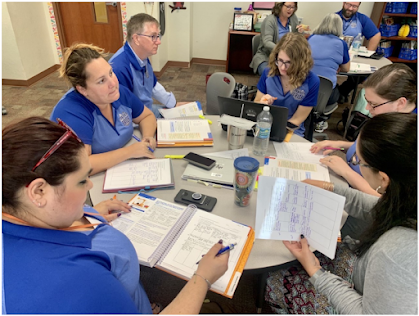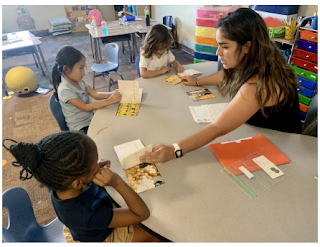The Three As of Effective Instructional Leadership: Alignment, Acquisition, and Assurance

Highly effective instructional leaders are intentional in their school improvement efforts. They employ a systems-thinking approach to problem-solving and exercise strategic planning skills to support increased student performance outcomes. Successful leaders ascribe to do the following.
Align curricula, state standards, instructional practices, and assessments to meet student learning needs and collaborate with a team to develop a cohesive plan. Never be the expert in the room! Utilize the strengths of your academic coaches, teacher leaders, and support service providers to create an action plan that addresses the school’s areas of need, identified through thorough data analysis. Be sure to designate who is responsible for student performance data collection, but always assume ultimate accountability. Meet regularly to assess progress toward the goal(s) and amend the plan! An effective leader seeks forward progress and will take action to improve instructional practices, providing affirming and prescriptive feedback to teachers.

Acquire a diverse staff, through intentional hiring practices, and ensure that personnel have the skill and knowledge required to reach your particular students. Research shows that the number one indicator of student achievement is the direct instruction provided by a highly qualified educator. In order to be both affective and effective, educators must possess both character and competence. Excellent leaders require their staff to engage in quality professional development, rooted in evidence-based strategies and pedagogy that is both culturally relevant and timely.
Assure students that they are valued and deserving of a high-quality education by creating a teaching and learning environment that is inclusive and rigorous. Students learn best when they feel safe and are able to take educational risks when sharing their thinking. Varying perspectives are encouraged and instruction is differentiated to meet unique student qualities. Provide opportunities for all stakeholders to share in the decision-making process to improve the culture, climate, and overall school’s success. Emphasize high standards for all students and instructional personnel to deliver results that include increased proficiency and the closing of the achievement gap. Don’t forget to celebrate small successes and be willing to adjust to emerging needs.

Conclusion
Effective instructional leadership requires coordination, contemplation, and connection. The leader must be able to assess school needs and align the criteria to formulate a multi-faceted plan, acquire the essential resources and personnel, and create a teaching and learning environment that assures student success.
Heidi L. Keegan has served as a Florida public schools educator for 18 years in the following positions: elementary school teacher, Reading Coach, Assistant Principal, and Principal in Charlotte County. An administrator in six Title I elementary schools over the last 10 years, and a product of Florida public schooling, her experience lies in reinvigorating school culture and climate and instituting a systems-thinking approach to advocate for marginalized populations, with the ultimate goal of closing the achievement gap. Student achievement at the forefront, she has implemented various strategies to address the diverse needs of students of poverty, students of color, and students with unique abilities. She is a member of several professional organizations, including the Florida Association of School Administrators where she serves as the South Region Director for the Florida Association of Elementary and Middle School Principals. She has completed educational degree programs at University of West Florida, University of South Florida, and is seeking admission to the doctoral program at University of Florida
